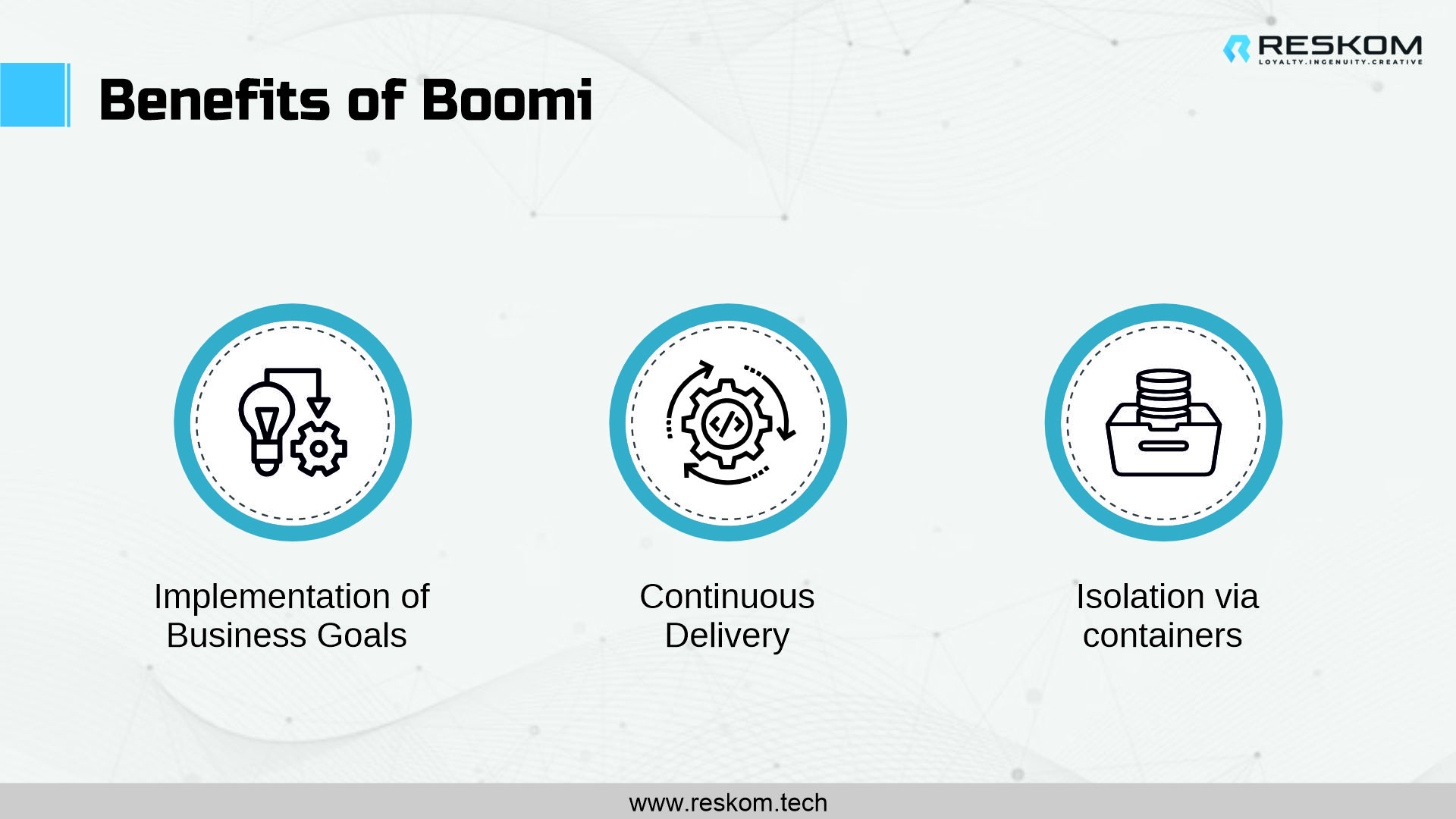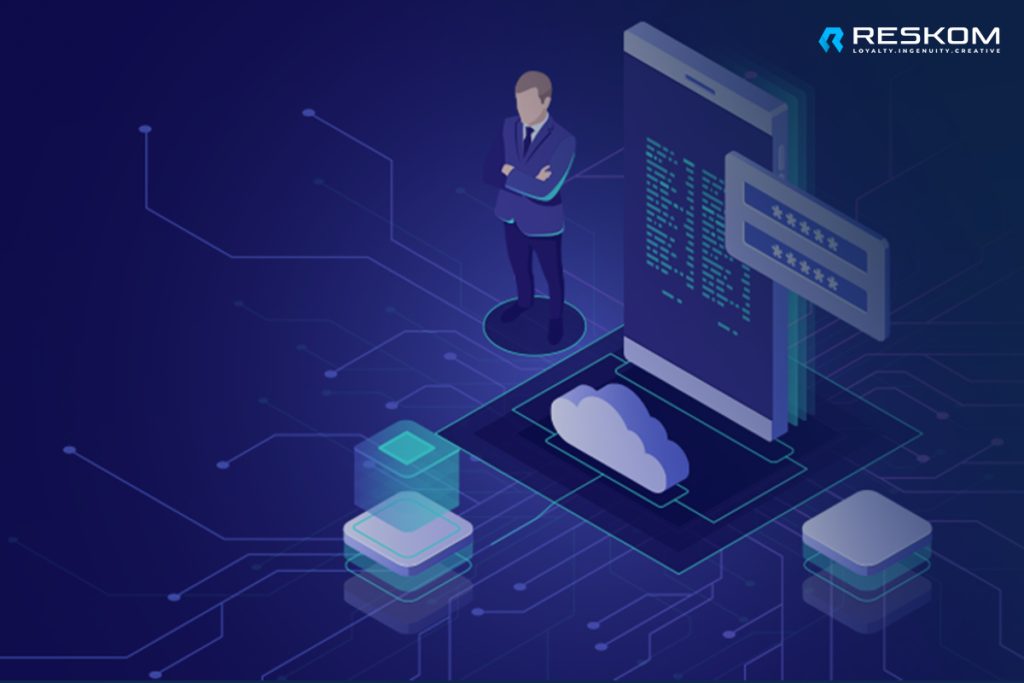Cloud-native apps have changed the game for businesses of all sizes. An important change in the design, development, and deployment processes of apps is the move to cloud-native ecosystems. This blog explores the core ideas of cloud-native ecosystems, looking at their salient features, advantages, and big impact on contemporary businesses.

Unpacking Cloud Native Applications
Understanding the nature of cloud-native apps is necessary before we can appreciate the significance of cloud-native ecosystems. These applications use the full potential of cloud computing because they are designed from the ground up. They were designed to flourish in the cloud, not just be hosted there.
Cloud Native Application Characteristics
- Scalability and Adaptability: The unmatched scalability of cloud-native apps is one of their most notable characteristics. Because of their microservices design and dynamic resource allocation, they can easily adapt to changing workloads and demand surges.
- Resilience and Manageability: These applications are highly resilient and manageable, requiring minimal effort for maintenance. They leverage cloud computing features to create loosely coupled services, ensuring system robustness.
- Microservices Architecture: Cloud-native applications rely on a microservices architecture, where individual services work independently, facilitating easy scalability and rapid development. These services communicate via Application Program Interfaces (APIs), enabling efficient interconnection.
Cloud Native vs. Cloud-Based Applications
Differentiating between cloud-native and cloud-based applications is crucial because, while they may both function in cloud environments, they differ greatly in terms of performance and design.
- Cloud-Based Apps: While cloud-based apps run on the cloud, they might not make complete use of its fundamental features. They usually depend on conventional monolithic architectures, which may restrict their adaptability to the dynamic nature of the cloud.
- Cloud Native Apps: On the other hand, cloud-native apps are made to fully utilize the features of the cloud. They are ideal for the dynamic nature of cloud computing since they are designed to be flexible and adaptable.
Key Capabilities of Cloud Native Applications
In addition to their numerous benefits, cloud-native applications boast several key capabilities that make them indispensable in the modern tech landscape.
- Microservices-Based: Cloud-native apps are built on microservices, which operate as independent modules with specific data and business goals. The seamless intercommunication of these modules is facilitated through APIs, ensuring efficient performance.
- API-Based: The use of APIs is central to cloud-native applications. They enhance communication between containers and microservices while also strengthening security and maintenance. APIs serve as the glue connecting loosely coupled services.
- Container Orchestration Tools: Container orchestration tools are critical for managing container lifecycles in cloud-native applications. These technologies take care of resource management, load balancing, rescheduling, and provisioning, resulting in a stable and dynamic application framework.
- Software Containers: Software containers are the foundation of cloud-native applications because they are lightweight, adaptable, and easy to set up. By enclosing the program and its necessary software components, these containers enable the application to be portable across several platforms and devices.
Building a Cloud Native Application
Developing a cloud-native application requires a different mindset and approach compared to traditional development methods. It’s essential to leverage low-code platforms that support cloud-native constructs and offer comprehensive tools for design, development, operations, and monitoring.
Developers should focus on modularity, reusability, and frequent code releases. They must also harness existing services rather than reinventing the wheel, encouraging creativity in creating features that delight end-users.
Microservices in Cloud Native Applications
Microservices play a pivotal role in cloud-native applications, breaking down complex applications into smaller, self-contained services. This architectural approach offers several benefits, including:
- Implementation of Business Goals: Each microservice has its own business goal, allowing for easy scaling, upgrading, and deployment. Frequent updates can be performed without affecting customers.
- Continuous Delivery: Cloud-native applications embrace continuous delivery, implementing software changes incrementally using automation. This approach fosters rapid development and continuous feedback, driving application and feature enhancements.
- Isolation via containers: Cloud-native apps rely on containers to provide logical segregation and independent functioning. Their efficiency and speed surpass those of conventional virtual machines, contributing to the increased scalability and agility of cloud-native ecosystems.
The Rise of Cloud-Native Ecosystems
Cloud-native ecosystems have exploded in popularity in recent years, altering the technological environment. These ecosystems are changing the way applications are produced and delivered, allowing for more efficiency and agility.
The Core Principles of Cloud-Native Applications
We must first understand the basic ideas that underpin cloud-native apps in order to fully appreciate its core.
Cloud-Native vs. Cloud-Based
Programs that are cloud-native and cloud-based both use the cloud, but they differ greatly from one another. Cloud-native apps are meticulously crafted to maximize the benefits of the cloud, whereas cloud-based apps might not fully utilize the cloud’s potential.
The Engine of Cloud-Native Applications
The foundation of cloud-native apps is microservices. The significance of microservices in creating independent, modular parts that work well together. Microservices design enhances scalability and facilitates effective communication through APIs.
Building Cloud-Native Applications
Developing cloud-native applications demands a shift in mindset and methodology. Leveraging low-code platforms and existing services is a key strategy, fostering creativity and efficiency in application development.
Microservices in Action
The practical implementation of microservices in cloud-native applications is explored here. We dive into the concept of breaking down complex applications into smaller, self-contained services and the benefits this brings, including independent scaling, continuous delivery, and the pivotal role of containers in achieving operational efficiency.
Conclusion
A disruptive force in a world where technology is changing enterprises at a never-before-seen pace is cloud-native ecosystems. Cloud-native apps, which prioritize scalability, adaptability, and agility, give businesses the resources they require to thrive in the digital age. By using DevOps, microservices, APIs, containerization, continuous delivery, and microservices, organizations may create robust systems that meet both present-day requirements and future challenges. In a world where the cloud is native, the possibilities for innovation and growth are endless.
RESKOM, a leading cloud service provider, excels in offering comprehensive cloud-native application development and management services. With a deep understanding of cloud-native principles, RESKOM empowers businesses to harness the full potential of cloud ecosystems. Our expert team leverages microservices, API-based solutions, and containerization to design, build, and manage cloud-native applications that drive innovation and agility for our clients.


